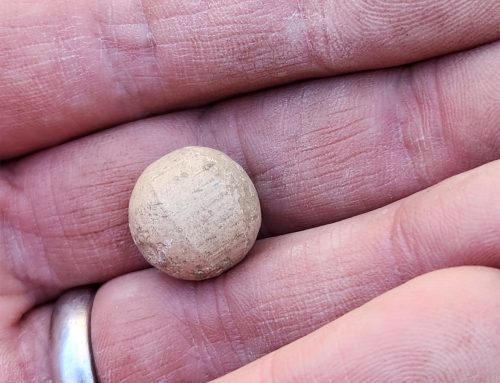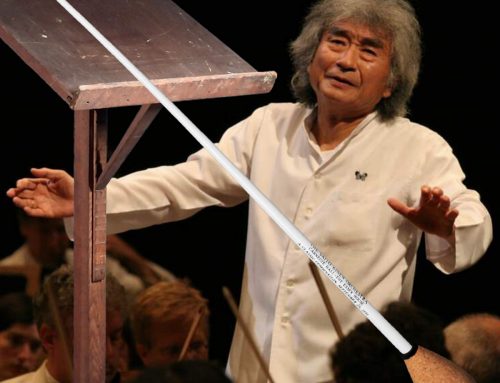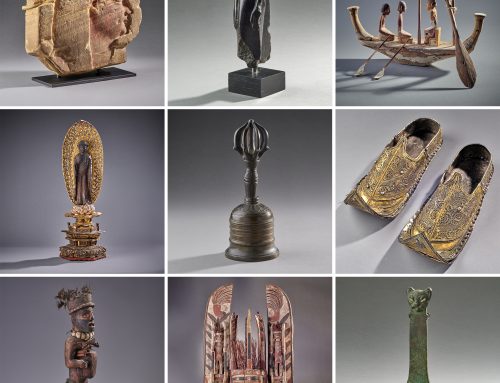Working with woodblocks is difficult and time consuming for someone who does not know the Japanese, let alone someone who can barely read like me, making signature and subject identification rough to say the least. Luckily for us, but mainly for me, books and the internet exist even if they are not always helpful. There are many great databases out there for woodblock signatures and with a lot of time, perseverance, and dedication you might just figure out the artist! Yay! But how do you know what the subject matter is? Sure, sometimes a woman dressed in an extravagant kimono or an intense Kabuki theater battle scene between good and evil are the obvious and exact subject, but what if something as subtle as a spider can change the entire meaning? We currently have a woodblock depicting a woman glancing towards a spider by Ogata Gekko, and sure it could just be a pretty lady and a spider, but that little arachnid led to our identification. If
If you come across a beautiful woman making eyes at a spider you might just have yourself a portrait of Princess Soto’ori, also known as Sotorihime! Sotorihime was the concubine of the Emperor Ingyo who reigned from AD 412-53. Known for her radiant beauty, it was said that she created the poem “Spider is making its nest. My lover is coming here for the love nest this evening”, hence the association with spiders, and her unsettling sultry gaze upon an eight-legged fiend. Not only was she a beauty and an Emperor’s concubine, which honestly does not sound all that great, she is canonized as one of the three gods of poetry, alongside Wakahirume-no-mikoto and Jingu-kogo. Even better, she alongside the other gods of poetry, are still worshipped at Tamatsushima-jinja Shrine in Japan which I personally believe is way better than being a concubine. In your face Emperor Ingyo! Although finding in depth history of certain subject matters, including the history of Sotorihime, can be as difficult as interpreting subject matter and signatures, chances are that museums out there will have pieces of information for you to pick up outside of signature data bases. If you are lucky and were able to identify a signature, browsing museum collections may even turn up the work that needs identifying or similar subjects for you to piece together a tentative history or story. If you are new to woodblocks, I wish you luck and urge you to pay attention to those small details!






